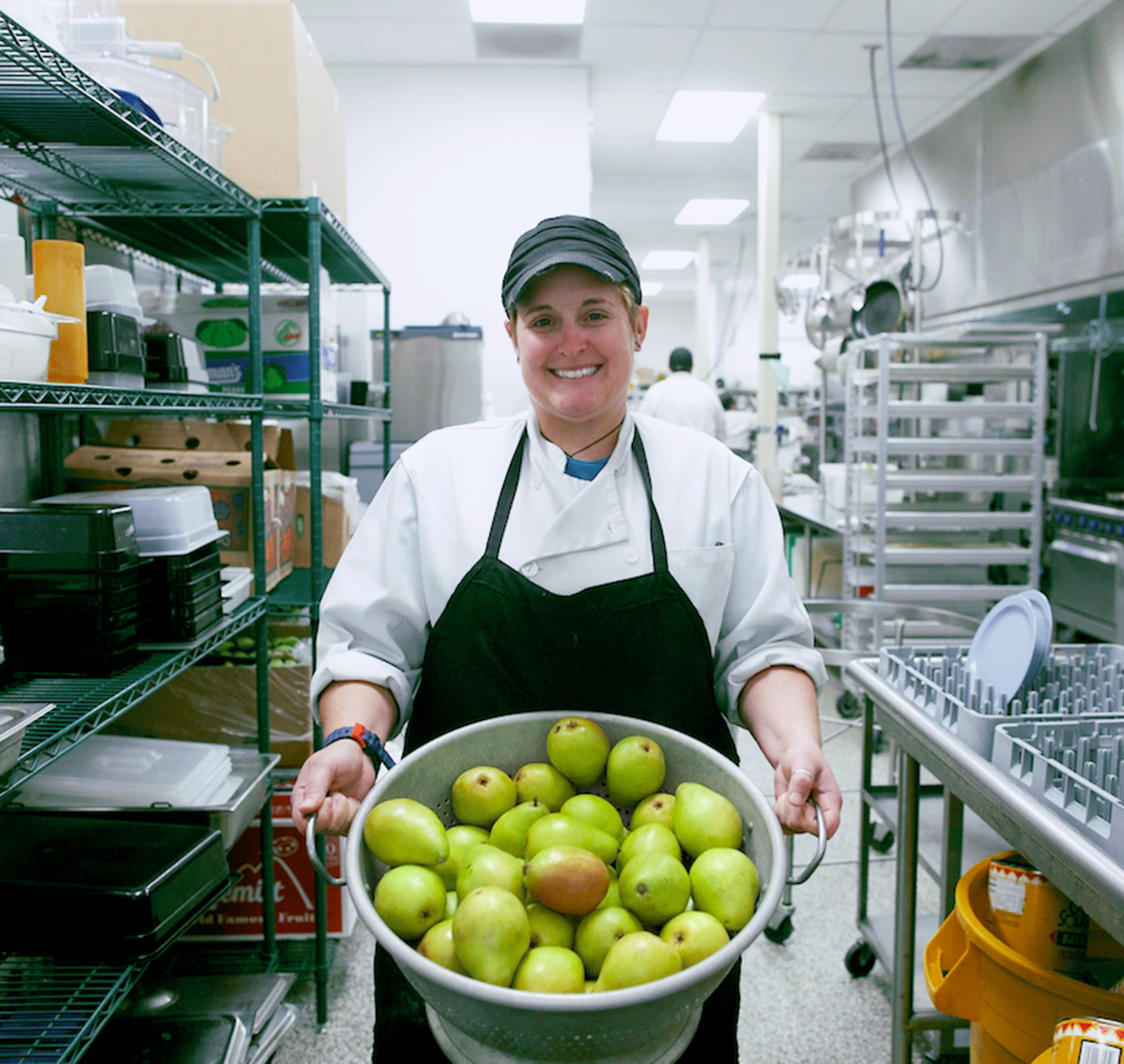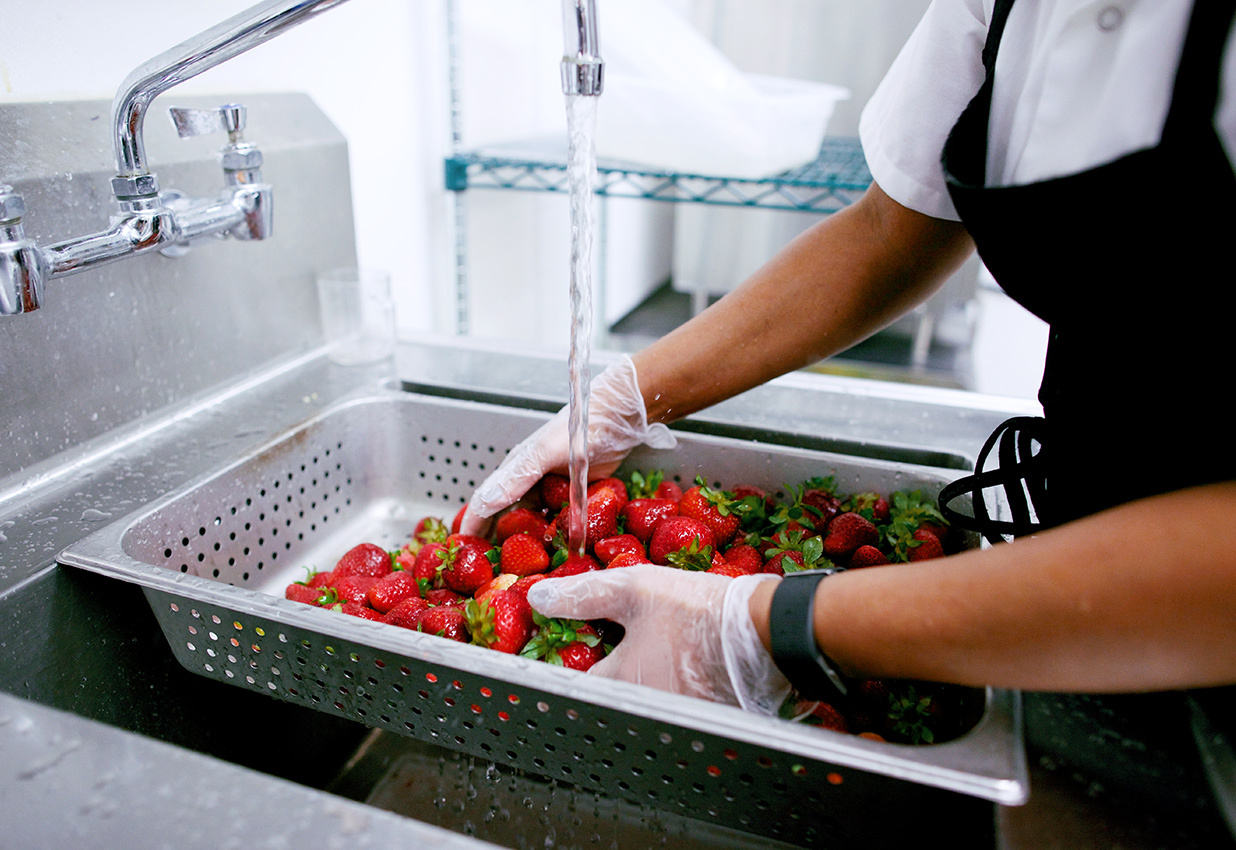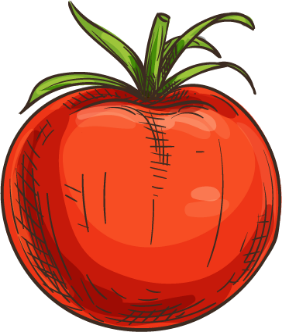
Informal & Formal Procurement
Procurement is used to obtain goods or services through a multi-step process. Funded mostly by Federal entitlement dollars, school food operators must adhere to strict procurement standards set forth by the Code of Federal Regulations and further defined by USDA, state and local regulatory guidance. Many state agencies have developed checklists for procurement which are a great tool to utilize. Here is a brief look at both Informal and Formal procurement processes.

Informal & Formal Procurement
Procurement is used to obtain goods or services through a multi-step process. Funded mostly by Federal entitlement dollars, school food operators must adhere to strict procurement standards set forth by the Code of Federal Regulations and further defined by USDA, state and local regulatory guidance. Many state agencies have developed checklists for procurement which are a great tool to utilize. Here is a brief look at both Informal and Formal procurement processes.
Informal Procurement
Micro-Purchases and Small/Informal Purchases
There are two informal procurement methods recognized by USDA: Micro-Purchases and Small/Informal Purchases.
The small purchase threshold ($10,000–$250,000) is the “dollar amount” indication of when you must use a formal vs. informal procurement method. Informal procurement is no less competitive than formal procurement methods, but it is a less complicated process. The basic process includes:
- Establishing the product specifications - this may include required product description, ingredient profile, pack size, serving size, case weight, frozen or fresh
- Identifying the requirements of the district, which usually includes your volume need, delivery requirements, and frequency
- Contacting prospective vendors with your intent to purchase products
- Obtaining price quotes from at least three vendors
- Documenting the procurement process in a procurement log
- Awarding the bid to the most responsive bidder with the lowest price
- Monitoring invoices and products to insure that bid is being honored
The small purchase threshold is an excellent example of when non-federal regulations often supercede federal regulations and affect your procurement. Though the federal small purchase threshold is $250,000, this is often not the case for districts where the threshold may be determined by state or local regulation. When the thresholds differ, you must follow whichever one is the most restrictive.
For each procurement process. you should track and save a record of the activity—both your preparations and the responses—as your procedures will be reviewed by the state when you have your Consolidated Review Effort (CRE). Your knowledge of approximately how much of your budget may be allocated to a particular product or area of procurement will inform whether the informal process is appropriate.
It is important to note that you may not split up purchases for the single intent of falling below the small purchase threshold (see page 77 of the USDA’s guide on Procuring Local Foods for Child Nutrition Programs for scenarios and explanation). But there are situations where splitting procurement makes sense, particularly along product types. Bread and dairy are two of the most common examples of intentional procurement splits. Another reason to create a separate procurement process would be for specific programs that may share products, but have separate and distinct needs. Fresh fruit and vegetable programs are a good example of this. More commonly, small purchase threshold procurement is focused around products that may have a unique source in lower volumes, for example, lettuce mix procured from local farm sources.

Formal Procurement
Invitation for Bid (IFB) and Request for Proposal (RFP)
Formal bid processes are required when the anticipated dollar volume of the item(s) to be purchased will exceed the micro purchase and small purchase thresholds. There are two primary forms of formal procurement:
- Invitation for Bid (IFB)
- Request for Proposal (RFP)

Formal Procurement
Invitation for Bid (IFB) and Request for Proposal (RFP)
Formal bid processes are required when the anticipated dollar volume of the item(s) to be purchased will exceed the micro purchase and small purchase thresholds. There are two primary forms of formal procurement:
- Invitation for Bid (IFB)
- Request for Proposal (RFP)
Both processes share some similarities with regard to development, but the primary difference is the IFB is determined solely on lowest bid price, while the RFP is determined on more than price alone. In both processes, the award is presented to the responder with the best overall value.
The IFB process is typically used for purchasing a common food product with a detailed uniform specification that will command a large enough group of responders that price can be the only determining factor for the bid award. Large districts that have sufficient procurement expertise may solicit multiple IFBs for a single product (like apples or milk) which are common mainstays of the school meal program.
Districts located in an area without numerous “broad line” distributors (national distributors that carry most product categories, usually in excess of 4,000 products) or specialty distributors will most likely develop an RFP. The process is still competitive but it is based on factors in addition to the price, such as:
- experience
- ability to deliver to multiple sites
- technical expertise
The RFP process includes some negotiation once the proposals are submitted whereas the IFP has no negotiation.
In the case of the RFP, receiving the proposals is just the first step. Objective evaluation and negotiation will need to occur before the award can be presented. A two-step RFP process allows the food service department to rank respondents based on technical response prior to evaluating cost. To complete a two-step RFP:
- Ask the responder to explain how they will achieve the request
- Ask the responder to show the cost of filling the request
Evaluating RFPs requires expertise in the product area as well as contracts. It’s important to develop a scoring method that does not give too much weight to price over technical expertise, otherwise it becomes a low-bid award. The predetermined scoring method should be clear and fair enough to undergo scrutiny in the case of a challenge. Writing RFPs that are too limited in scope for open competitive responses may also be a factor if challenged. The school district’s legal department can review the proposal to ensure that the form is correct. Alternatively, the purchasing department in many districts may have proposal templates that can be edited for food services use; they may also provide assistance by reviewing your proposal prior to posting.
| Evaluated Item | Weighted Points |
|---|---|
| Price | 30 Points |
| Product Specifications | 20 Points |
| Service & Deliveries | 15 Points |
| Geographic Preference | 15 Points |
| Discounts, Rebates, & Applicable Credits | 15 Points |
| Overall Qualifications | 05 Points |
For districts shifting their models from ready-to-heat foods to scratch-cooked, the RFP process is the most common choice for formal procurement because it allows the district to define requirements that meet their vision. This may include geographic preference protocol, or details provided on the invoices like place of origin, or particular pack and delivery specifications that are unique to the district.
Request for Information (RFI)
Another tool that can be used in the procurement process is a Request for Information (RFI). It is not used to procure but rather to gather information about the current market. This is particularly useful for procuring locally produced foods that may not be part of your typical procurement chain. The RFI is not restricted in its language or format the way that the IFB or RFP are so you can explicitly state your needs and goals to find out what the potential may be in a particular market. Once you receive the completed RFIs, you can then decide what method of procurement, informal or formal, best suits the situation.
Sample Materials
Recommended Next Topic: Sustainable Procurement
“Farm to School” and “Local” did not become trends overnight. For the last 15 years or so, we’ve seen a steady growth in the commitment to purchasing local and regional foods in institutional environments and school districts. The economic impact to a community and the state can be quite large, and we are redefining traditional procurement in the process.
Recommended Next Topic: Sustainable Procurement
“Farm to School” and “Local” did not become trends overnight. For the last 15 years or so, we’ve seen a steady growth in the commitment to purchasing local and regional foods in institutional environments and school districts. The economic impact to a community and the state can be quite large, and we are redefining traditional procurement in the process.






